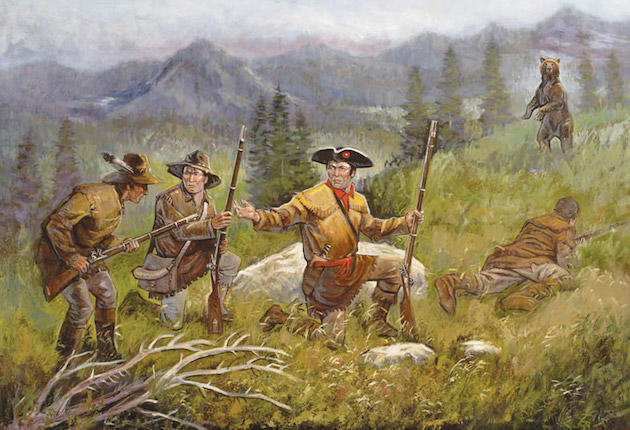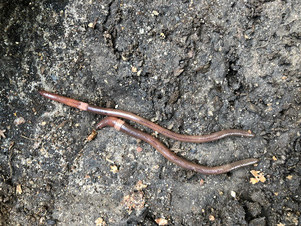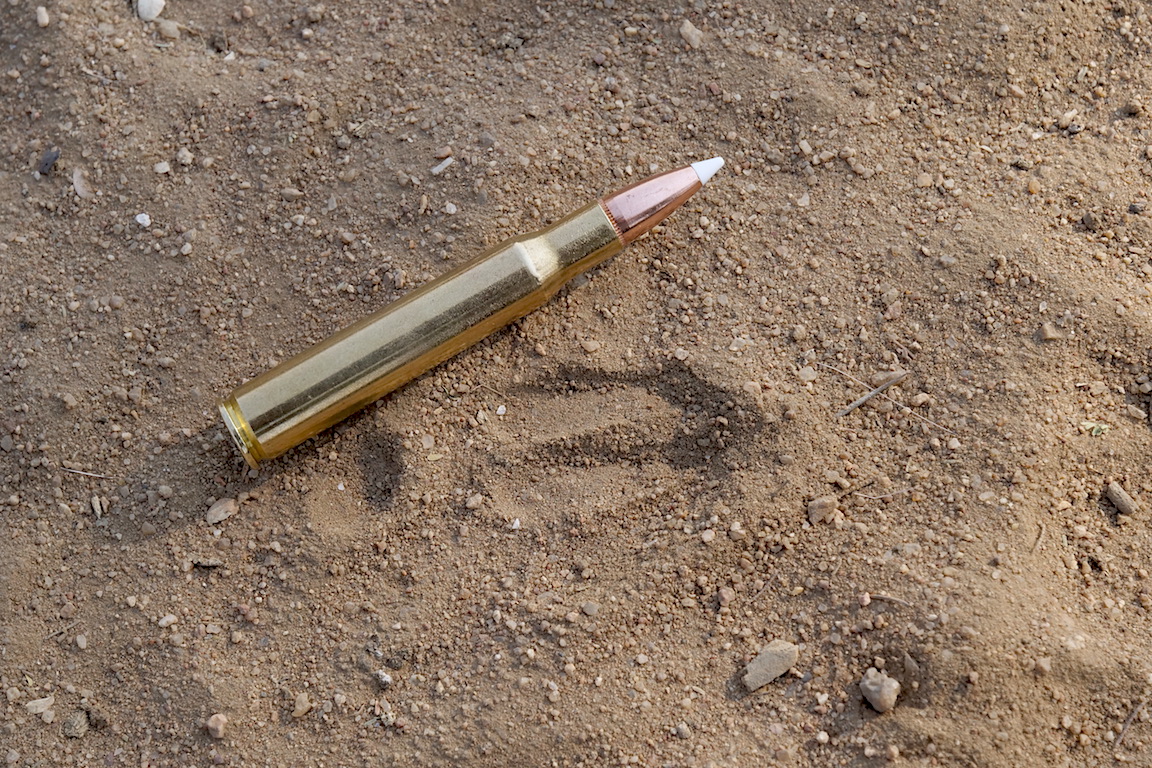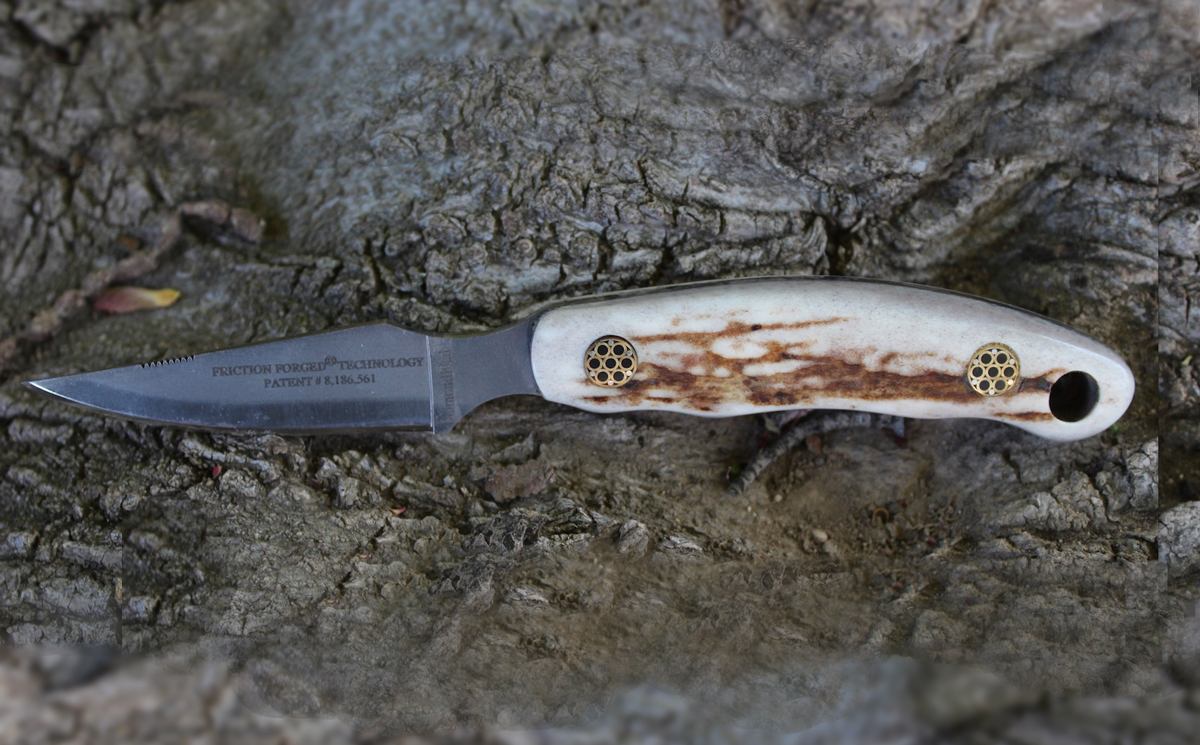Famed explorers Meriwether Lewis and William Clark didn’t drag two-plus years’ worth of gear around, and neither should you.
Meriwether Lewis and William Clark had no idea when, or if, they’d retrace their steps and head east toward Washington. Their journey into the uncharted West was stretching longer and longer; the mythical Northwest Passage was a fool’s errand; their supplies were bulky and breakable. They couldn’t continue to risk the safety of their scientific discoveries and delicate tools on a seemingly never-ending series of wild rivers and horseback rides. Rather than run the risk of losing their important work to the elements or having it fall into the hands of Native Americans, Lewis and Clark decided to bury their gear and retrieve it on the way back home…hopefully.
The Corps of Discovery buried several caches on their journey westward. Caches are simply hidden items stored to keep them save, which was imperative for the success of their mission. Even if all the men returned alive and well to President Jefferson, and could vividly recount their experiences in front of Congress to justify the high costs of the trip, it would mean nothing without tangible proof that the West had something new to offer Americans.
One notable cache was placed at the mouth of the Marias River, where the explorers left a pirogue (a canoe made of a single tree trunk) and other pieces of gear they didn’t want to drag over the Rockies. Stephen Ambrose, in his famed book, Undaunted Courage, lists some of the equipment left behind:
“They buried the blacksmith’s bellows and tools, beaver pelts, bear skins, some axes, an auger, some files, two kegs of parched corn, two kegs of pork, a keg of salt, some chisels, some tin cups, two rifles and the beaver traps. They also buried 24 pounds of powder in lead kegs in two separate caches. To leave so much buried in the ground indicated that the expedition had been grossly overloaded up to this point, or that it was setting off to conquer the Rocky Mountains and whatever lay beyond with inadequate supplies.”
My guess is that the average hunter falls into one of those categories: You’ve either brought the kitchen sink and everything else to your deer stand, or you left the house without so much as water. Hunters can benefit greatly from Lewis and Clark’s storage technique, especially deer hunters who always hunt the same back 40. Burying a cache with useful hunting equipment makes each trip to a deer stand easier and safer.
Start by deciding where and how you want to stow your gear. The best place is anywhere between your parking spot and your stand. If it’s along your usual walking path, you’ll be more likely to find it in the dark or when you’re in a hurry. While it will be hidden from plain view, a cache shouldn’t be tucked so far back in the woods that neither you nor anyone else can find it. It also shouldn’t be at the base of your tree, because anyone looking to take your stand may find the cache as well. Within 100 yards of your stand is a good, safe distance.
Container materials vary. Some people still opt for metallic belt-fed ammo cans from a military surplus store, but a plastic five-gallon bucket with a good lid works as good or better. Again, this is meant to store extra gear, not ward off thieves. If it’s too precious to bury without a padlock or a trip wire attached, you need to reconsider your items.
Pick a spot just off your trail and dig a hole deep enough that the lid sits just above the surrounding dirt. This will help keep water from pooling on top of the lid in case the lid ever does fail to keep water from entering. Cover the lid with leaves to make it look natural; spray-painting the typically white lid black or earth tone doesn’t hurt.
As to what goes in the cache, that’s up to you. Here are a few suggestions that have worked well for me over the years.
The purpose of a cache is to be a backup. Consider leaving an extra skinning knife, paracord, or a blaze orange hat or vest in the bucket. These items are crucial for hunting, but you shouldn’t have to carry extras every time you walk 200 yards to a tree stand. One is none and two is one, but you don’t have to keep the two on your person at all times.
If you kill a deer and happen to have left your knife in the truck, or if on your way into the woods you realize your cap is back in the cab, you can stop by the cache and continue on with the hunt. For archers, a spare release aid is a useful item to include.
Despite the waterproof container, I avoid leaving batteries or lighters in the cache. Batteries may lose strength from extreme cold, and Zippo-style lighters will lose their fuel to evaporation. Leave a general-use knife and a magnesium fire starter instead; a fully contained Bic-style lighter also works.
Don’t leave ammo. Like batteries, ammunition can only suffer from ground conditions. It won’t be within easy reach in a pinch anyway.
Food can be stored within reason. Looking back at the Lewis and Clark cache described earlier, the Corps of Discovery only left foods that were dried or heavily salted to guarantee their longevity. The average hunter on the average deer hunt won’t starve before he returns to his truck, so store food only after all other gear selections have been made.
Whatever you decide to include, a cache makes the hunting experience easier by lightening the load on your back and your mind. You can go into the woods with only the truly essential gear for the day, all the while knowing that the bulky gear you gladly shed is just down the trail if you need it.
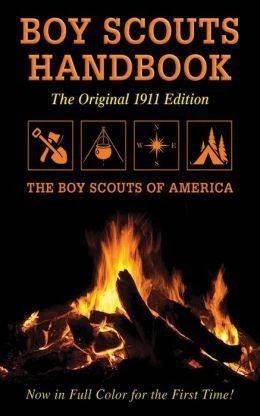 This is a full-color edition of the very first Boy Scouts Handbook, complete with the wonderful vintage advertisements that accompanied the original 1911 edition, Over 40 million copies in print!
This is a full-color edition of the very first Boy Scouts Handbook, complete with the wonderful vintage advertisements that accompanied the original 1911 edition, Over 40 million copies in print!
The original Boy Scouts Handbook standardized American scouting and emphasized the virtues and qualifications for scouting, delineating what the American Boy Scouts declared was needed to be a “well-developed, well-informed boy.” The book includes information on:
- The organization of scouting
- Signs and signaling
- Camping
- Scouting games
- Description of scouting honors.
Scouts past and present will be fascinated to see how scouting has changed, as well as what has stayed the same over the years. Buy Now

